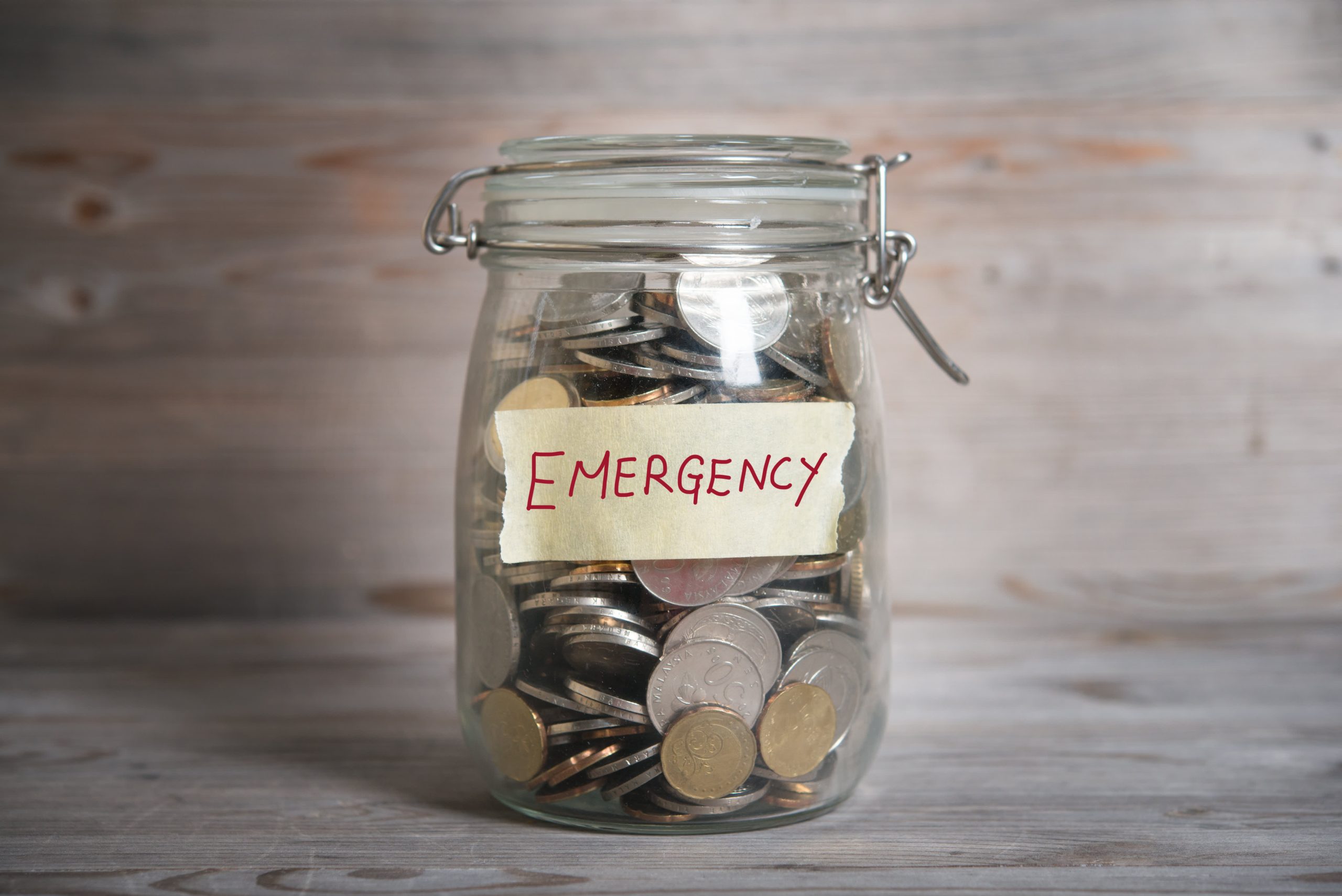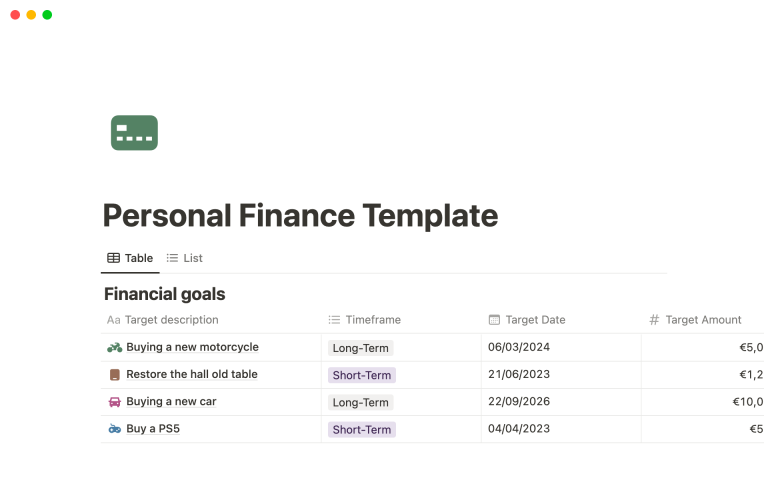When it comes to managing our finances, one of the most crucial aspects that often gets overlooked is the importance of having an emergency savings fund. Life is unpredictable, and unexpected expenses can arise at any moment, whether it’s a medical emergency, car repairs, or sudden job loss. Building an emergency fund savings account is a vital step towards financial stability and peace of mind. In this article, we’ll explore how to effectively create and grow your emergency savings to protect yourself from life’s surprises.
Understanding the Importance of an Emergency Fund Savings Account
Your first step toward financial security is having an emergency fund savings account. This fund should cover three to six months of living expenses, allowing you to navigate life’s unexpected twists without falling into debt. The peace of mind that comes with knowing you have a financial safety net is invaluable. It can mean the difference between bouncing back quickly and struggling for months after an unexpected financial hit.
Steps to Establish Your Emergency Fund Savings Account
Set a Goal
Establishing a clear savings goal is essential for creating your emergency fund savings account. Assess your monthly expenses, including rent, utilities, groceries, and any debt repayment you have. Multiply your total monthly expenses by the number of months you want to cover—ideally between three and six months—to determine your target amount. Having a concrete goal will motivate you to be consistent with your savings efforts.
Choose the Right Account
Not all savings accounts are created equal, so it’s crucial to choose one that best suits your needs. Look for accounts that offer high-interest rates to grow your savings quickly. Ensure it’s separate from your everyday checking account to reduce the temptation of dipping into your emergency fund for non-emergency expenses. Additionally, make sure the account allows easy access to your funds when you truly need them.
How to Start Saving for Your Emergency Fund
Create a Budget
To effectively build your emergency fund savings account, you’ll need to create a budget. Track your income and expenses to see where your money is going, and identify areas where you can cut back. It might be helpful to categorize your expenses into needs and wants. By prioritizing your needs, you can allocate more of your income toward your savings goal.
Automate Your Savings
Once you’ve set your budget and clear goal, consider automating your savings to make the process easier. Set up a direct deposit from your paycheck into your emergency fund savings account. This way, you can save without even thinking about it, and it reduces the temptation to spend the money elsewhere.
Visual Inspiration for Financial Success

This image reminds us that financial planning is not just about saving money; it’s about building a reliable foundation for our financial wellness. Having an emergency fund savings account lays the groundwork for a stress-free future.
Track Your Progress
As you start saving, tracking your progress can provide a sense of accomplishment and help keep you motivated. Use a simple spreadsheet or a budgeting app to log your contributions and see how far you’ve come. Celebrate small milestones along the way! Perhaps reward yourself with a small treat when you reach certain percentages of your savings goal, reminding yourself that you’re investing in your future.
Adjust as Necessary
Life circumstances change, and so will your financial needs. Review your budget regularly and adjust your contributions to your emergency fund savings account as your income or expenses change. If you experience any financial windfall—such as a tax return or bonus—consider allocating a portion of that money directly into your fund to help you reach your goal faster.
Keep Your Emergency Fund Safe
Once you’ve built up your emergency fund savings account, it’s essential to keep it intact for emergencies only. Avoid the temptation to borrow from it for non-essential expenses. Set clear parameters about what constitutes an emergency, and stick to them. This will help you maintain discipline and ensure that when a true emergency arises, you have funds readily available without the stress of scrambling at the last minute.
Building Your Emergency Fund into Your Overall Financial Strategy
Your emergency fund savings account is just one part of a comprehensive financial strategy. Once you’ve reached your target savings, consider other financial goals—like saving for retirement, investing, or paying off debt. Having a balanced approach to your finances will not only provide immediate security but also long-term financial success.
Conclude Your Personal Finance Journey with Knowledge
As we navigate the complexities of our financial lives, having an emergency savings fund should not be overlooked. It is a crucial pillar to achieving financial security and independence. The key to building and maintaining your emergency fund savings account is to be proactive and disciplined in your saving habits. It’s about creating a cushion that can help you bounce back from life’s unexpected challenges and continue toward your personal financial goals.
Start today, set your goals, and take the necessary steps to secure your financial future. Remember, every small contribution counts, and the sooner you start, the sooner you’ll reach your destination. With time and commitment, you’ll create a robust emergency fund that can provide peace of mind for years to come.



